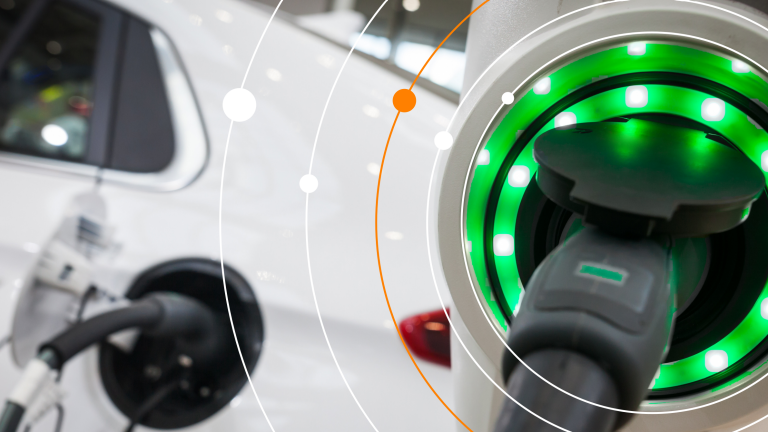Electric vehicles (EVs) are revolutionizing the automotive industry, offering environmentally friendly transportation solutions powered by electricity instead of traditional fossil fuels. This comprehensive guide provides an in-depth overview of electric vehicles, including their technology, benefits, considerations for ownership, and the future of EVs.
1. What are Electric Vehicles (EVs)?
Overview: Electric vehicles are automobiles powered by electric motors that use electricity stored in batteries as their primary source of energy. They are designed to be more energy-efficient and produce zero tailpipe emissions compared to conventional gasoline or diesel vehicles.
2. Types of Electric Vehicles
Battery Electric Vehicles (BEVs):
- Overview: Pure electric vehicles that run entirely on electricity stored in high-capacity batteries.
- Advantages: Zero emissions, lower operating costs, and quieter operation.
- Challenges: Range limitations and dependence on charging infrastructure.
Plug-In Hybrid Electric Vehicles (PHEVs):
- Overview: Combine electric motors with internal combustion engines (ICEs) and can be charged from an external power source.
- Advantages: Extended range with both electric and gasoline power, flexibility for longer trips.
- Challenges: Higher upfront costs compared to conventional vehicles, maintenance complexity.
3. Key Components of Electric Vehicles
Electric Motor: Powers the vehicle by converting electrical energy from the battery into mechanical energy.
Battery Pack: Stores electricity for the electric motor and determines the vehicle’s range per charge.
Charging Port: Interface for connecting to external power sources to recharge the battery.
Power Electronics: Control systems that manage energy flow between the battery, electric motor, and other vehicle components.
4. Advantages of Electric Vehicles
- Environmental Benefits: Zero tailpipe emissions reduce air pollution and greenhouse gas emissions.
- Lower Operating Costs: Reduced fuel costs compared to gasoline vehicles and fewer maintenance requirements (no oil changes, fewer moving parts).
- Performance: Instant torque delivery provides smooth acceleration and responsive driving experience.
- Energy Efficiency: Electric motors are more efficient than internal combustion engines.
5. Challenges and Considerations
- Range Anxiety: Concern about the distance an EV can travel on a single charge and availability of charging infrastructure.
- Charging Infrastructure: Expansion of public charging stations and home charging solutions to support widespread adoption.
- Initial Cost: Higher upfront purchase price compared to conventional vehicles, although operational savings over time can offset this.
- Battery Life and Degradation: Monitoring battery health and performance over the vehicle’s lifespan.
6. Charging Electric Vehicles
- Charging Levels: Level 1 (120V outlet, slower), Level 2 (240V outlet, faster), and DC Fast Charging (high-power stations, quickest).
- Home Charging: Installation of Level 2 charging stations at home for convenience and overnight charging.
- Public Charging: Utilizing networks of public charging stations, including rapid chargers for longer trips.
7. Government Incentives and Policies
- Tax Credits: Financial incentives for purchasing electric vehicles, varying by region and vehicle eligibility.
- Emission Standards: Regulations promoting zero-emission vehicles to reduce air pollution and combat climate change.
- Infrastructure Investment: Government funding for charging infrastructure expansion and research in EV technology.
8. Future Trends and Innovation
- Battery Technology: Advancements in battery energy density, longevity, and fast-charging capabilities.
- Autonomous Driving: Integration of autonomous features and smart mobility solutions in electric vehicles.
- Vehicle-to-Grid (V2G): EVs contributing to energy storage and grid stability through bi-directional energy flow.
Conclusion
Electric vehicles represent a transformative shift towards sustainable transportation, offering cleaner and more efficient alternatives to conventional vehicles. As technology continues to evolve and adoption rates increase, electric vehicles are poised to play a pivotal role in reducing carbon emissions, improving air quality, and enhancing energy security. Whether you’re considering purchasing an electric vehicle or simply exploring the future of automotive innovation, understanding the benefits, challenges, and infrastructure needs of EVs is essential. Embrace the future of transportation by plugging into electric vehicles and contributing to a greener, more sustainable future.



